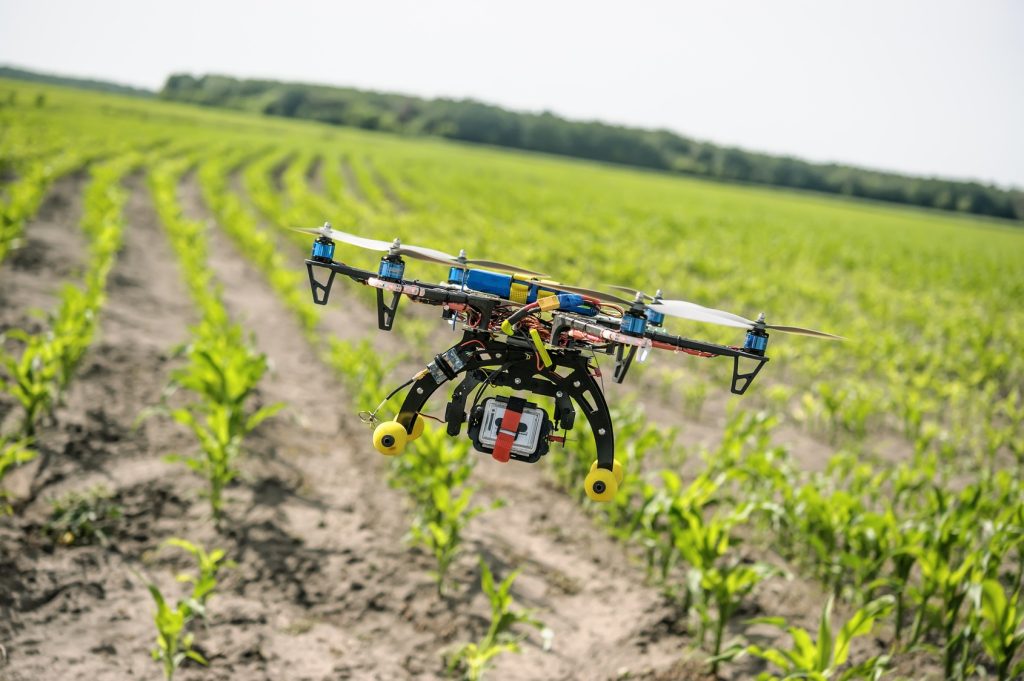For decades, Indian farmers have faced challenges that slowed progress, labour shortages, unpredictable weather, and rising input costs. Many dream of higher yields, better profits, and sustainable farming, but achieving this often feels out of reach. Agricultural drones are now changing that reality.
These drones are no longer just expensive gadgets for big corporations. With services like https://leher.ag, even small- and medium-scale farmers can book advanced drone spraying through a simple mobile app. This puts high-tech farming tools directly in the hands of those who need them most, without heavy investment or complicated training.
Agricultural drones have moved from experimental use to becoming a trusted, everyday tool. They are helping farmers produce more, save resources, and manage crops with unmatched precision.
The Transformational Benefits of Agricultural Drones
Agricultural drones are making farming more productive, cost-efficient, and eco-friendly. They bring together speed, accuracy, and data insights, things that were previously out of reach for many farmers.
Precision Crop Monitoring for Health and Yield Optimization
Drones equipped with multispectral and thermal cameras scan crops in detail. They spot early signs of nutrient shortages, water stress, or pest attacks before they spread. Farmers can then take timely action, preventing losses and improving yields. This accurate monitoring reduces guesswork and keeps fields healthier throughout the growing season.
Precision Spraying—Targeted, Sustainable Input Application
Traditional spraying methods often waste chemicals and miss target areas. Drones spray only where needed, controlling application rates with great accuracy. This saves money on fertilizers and pesticides while preventing excess chemicals from running off into nearby soil and water sources. The results are healthier crops and cleaner farmland.
Labour Efficiency and Speed in Crop Management
One drone can spray or survey dozens of acres in just a few hours. This is a big advantage when labour is scarce or weather conditions are time-sensitive. By replacing slow manual methods, drones help farmers complete critical work quickly without exhausting their teams.
Environmental Conservation Through Reduced Chemical Use
Overuse of chemicals harms soil health, pollutes water, and threatens beneficial insects. Drone spraying minimizes such risks by applying inputs only where they are required. This approach supports biodiversity and builds a farming system that can last for future generations.
Innovations Driving the Future of Farming with Agricultural Drones
Drones are evolving rapidly, with new features that make them even more powerful in the hands of farmers.
AI-Enabled Data Analytics and Real-Time Decision Support
Modern drones are integrated with AI tools that analyze crop images instantly. Farmers get precise maps and recommendations within hours, helping them decide exactly where and how to act. This immediate feedback can mean the difference between saving a crop or losing it.
Autonomous Drone Fleets and Swarm Technologies
Instead of operating one drone at a time, upcoming systems allow multiple drones to work together. They can survey or spray large fields at once, reducing downtime and covering more area in less time.
Integration With Satellite Imagery and IoT for Holistic Farm Management
Combining drone data with satellite images and on-ground sensors offers farmers a full picture of their fields. They can track crop health across seasons, manage water use, and plan planting schedules more effectively.
Expanding Roles: Automated Planting and Yield Estimation
Drones are now being developed to plant seeds in prepared fields and predict harvest yields. This helps farmers plan market sales, storage, and transport more accurately, leading to better income stability.
The Socioeconomic Impact
Agricultural drones are not just improving fields, they are transforming rural economies.
Making Advanced Technology Accessible
Services that allow app-based booking remove the need for farmers to own and operate expensive drones. A few clicks can schedule a drone spraying session, putting technology within reach of even small landholders. This ease of access is breaking the barrier between high-tech farming and traditional practices.
Creating New Job Roles
The demand for skilled drone operators is growing. Rural youth can now train as certified operators, offering services to nearby farms. This creates new income streams and encourages entrepreneurship in regions that previously relied on seasonal farm labour.
Conclusion
Despite their benefits, agricultural drones face hurdles. Upfront costs for ownership can be high, and some farmers hesitate without clear knowledge of the technology. Regulatory approvals and safe operating training are also essential. However, service-based models, community training, and government support are helping bridge these gaps.
Looking ahead, agricultural drones are set to become as common as tractors once were. As costs drop and awareness grows, more farmers will adopt them for spraying, monitoring, planting, and even crop insurance verification. The future of Indian farming will be shaped by those who combine traditional wisdom with the power of precision technology.

